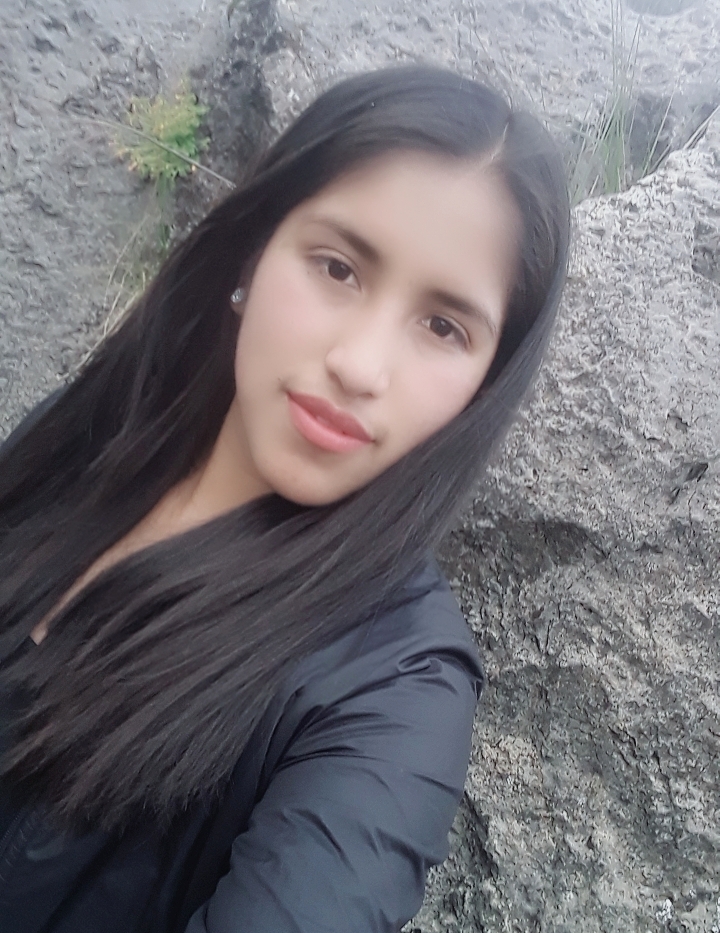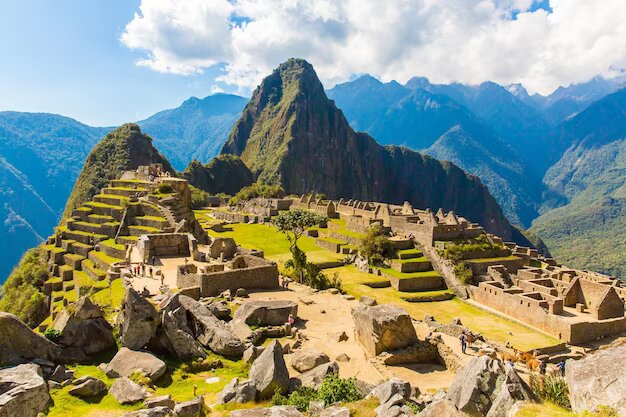
Prime Time to Visit Machu Picchu
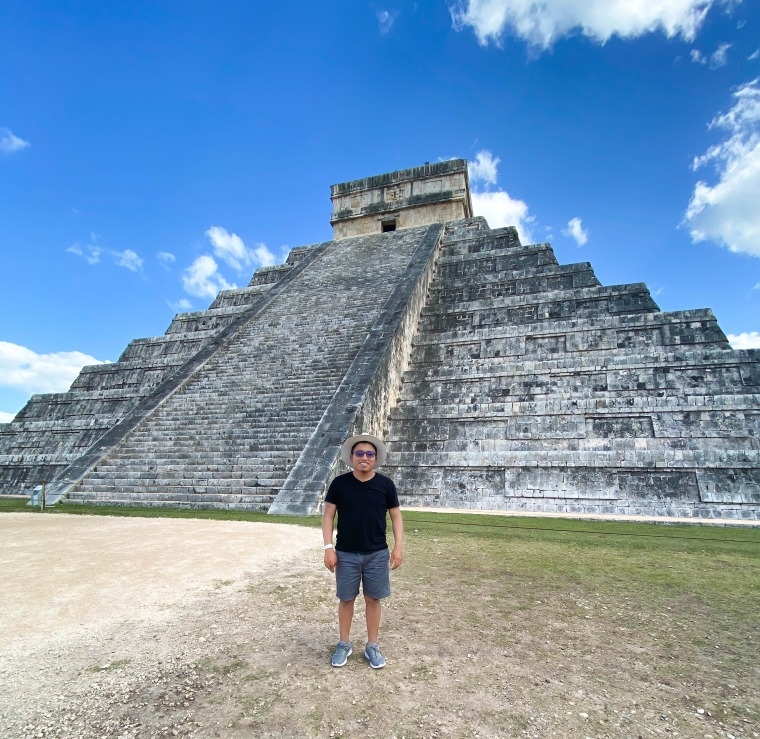
Machu Picchu, located on the eastern slopes of the Andes, is often shrouded in mist and clouds, giving it an air of mystery and charm.
During your visit, you will be amazed by the diverse ecosystem that is home to a wide range of plants and animals, adding excitement and enjoyment to your exploration of the Lost City of the Incas.
The best time to visit Machu Picchu depends largely on your preferences in terms of climate, the number of people present and the beauty of nature. The climate of the region is divided into two main seasons.
The dry season, which occurs from May to September, and the rainy season, from October to April.
What is the best time of the year to visit Machu Picchu?
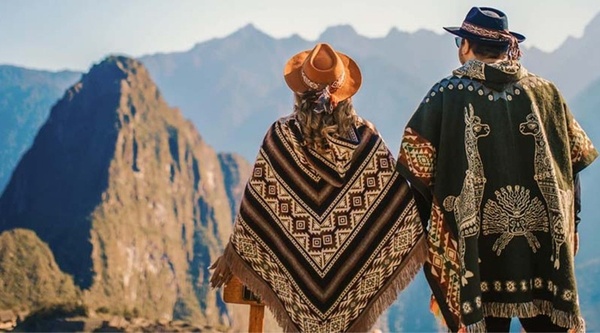
When planning your visit to Machu Picchu, you should take into account several factors, including weather conditions, the level of visitors and your personal preferences. Here are some tips for choosing the optimal time:
Weather: The weather varies greatly throughout the year. Generally, the best time to visit Machu Picchu is from May to September. During this period, you can expect warm, sunny days. However, from October to April, rain and high humidity are common. This can make the visit difficult at times.
Crowds: Machu Picchu is a very popular tourist destination, so it can be very crowded during the high season, which includes June, July, August, as well as Christmas and New Year.
To avoid the crowds, it can be useful to visit during the intermediate seasons. These are usually April-May, September to October, and sometimes even November.
Availability: Tickets to visit Machu Picchu are limited to 4044. This means that during peak times, they can sell out quickly if not booked in advance.
Festivals: During your visit to Peru, you can enjoy many festivals and events that will enrich your cultural experience.
However, it is important to keep in mind that these festivities can also affect the number of visitors, hotel availability and tours.
Many tourists prefer to go to Machu Picchu during the dry season, thinking that it will not rain.
The weather in the Andes can be very unpredictable. Even during months that are supposed to be dry, such as June and July, unexpected rains can occur.
Each season has its advantages and disadvantages, so it is important to consider your personal preferences when deciding the best time to visit Machu Picchu.
Machu Picchu in the rainy season
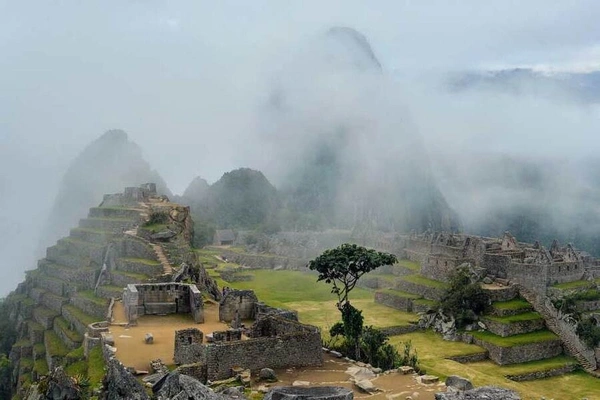
Machu Picchu during the rainy season (December to March) offers a different experience compared to the dry season. The weather is cooler and the landscape is lush and green.
The best time to visit Machu Picchu during the early rainy season is from late September to early December.
Here are some things to keep in mind:
Weather: Expect frequent rains and high humidity. This can make hiking and exploring at Machu Picchu difficult, but it also means that the surrounding landscape is lush and green.
Crowds: Generally, the rainy season is less crowded than the dry season, allowing you to explore the ruins and surrounding areas with fewer tourists.
Safety: Rain can make the trails and ruins slippery and more challenging to walk. It is important to wear appropriate footwear and clothing.
Photography: Rain can provide stunning photographs, with the mist and clouds adding a mystical quality to the ruins.
Flexibility: Be prepared to adjust your plans according to weather conditions. Some areas may be affected by flooding or landslides.
The heavy rainy season begins in mid to late December and ends in late March; expect more frequent showers during early mornings or late afternoons. The sun will always be present, and you will have excellent photos of Machu Picchu with the mist from the clouds.
For this season, fewer visitors are expected, and it is a good time for travelers who prefer solitude. It is possible to find excellent deals on flights and hotels in the low season.
Machu Picchu in the intermediate season
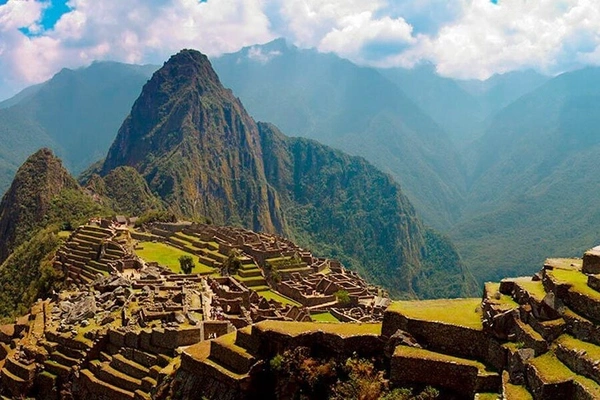
The intermediate seasons are the transition months between the rainy and dry seasons, or vice versa. The weather is pleasant; it is not too cold, not too sunny and not too rainy.
In addition, places like Machu Picchu continue to have fewer visitors than during the high season. This group includes the months of April to May, September and even October.
Climate: The weather is generally pleasant, with mild temperatures and lower humidity. However, be prepared for some rain, especially at the beginning of the shoulder season.
Crowds: The mid-season tends to have fewer crowds than the high season.
Availability: The mid-season can be a good time to visit if you want to book accommodations or tours with more flexibility.
If you want to experience Machu Picchu without the crowds, the transition season is the perfect time to visit. The weather remains warm and sunny from April to May and from September to November, with fewer tourists.
Machu Picchu in the dry season
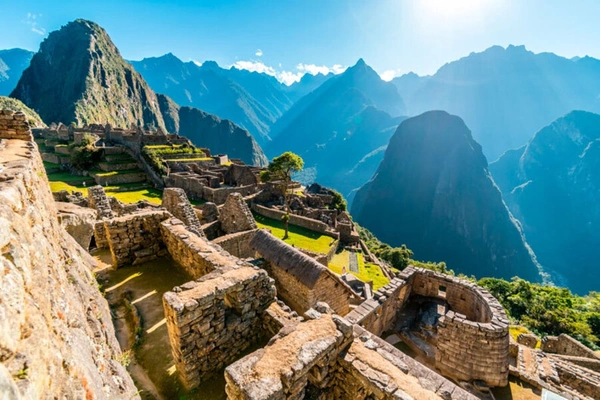
Machu Picchu during the dry season is an experience not to be missed. The dry season runs from May to September, and the weather is hot and dry.
However, the heat is less intense than in other parts of Peru, and rainfall is scarce. This makes Machu Picchu during the dry season an ideal time to visit.
The dry season begins in May, when little rain is expected, and it is also the winter season in Peru. Thousands of travelers are expected to visit Machu Picchu during their summer vacations in the U.S., Canada, Europe and other countries in the northern hemisphere.
Here's what to expect during this period:
Weather: The dry season generally brings clear skies, sunny days and cool nights. This provides ideal conditions for hiking and exploring, as well as excellent opportunities for photography. However, be aware that the weather can still be unpredictable, especially at higher elevations.
Crowds: The dry season is also high season, which means that Machu Picchu and the surrounding areas can be very crowded. It is important to book your accommodations, transportation and tours in advance to ensure availability.
Availability: During the dry season, all Inca sites, including the Inca Trail, are usually open to visitors. However, be aware that permits for the Inca Trail can sell out quickly, so it is important to book well in advance.
Festivals: The dry season is also a time for festivals and cultural events in Peru, such as the Inti Raymi festival in June. This can add to your visiting experience, but remember that these events can also mean higher prices and more tourists.
The days are sunny, offering excellent views, and the nights are cool, with clear skies ideal for stargazing. During this season, snow is expected on the highest mountain routes. June, July, August and September are in this group.
Machu Picchu weather summary
Although we only have 2 seasons, the dry season and the rainy season, you should always be prepared for sunny, cloudy and rainy days. The weather in the Andes is difficult to predict, as Machu Picchu is located in the Cloud Forest region.
Best time to visit Machu Picchu
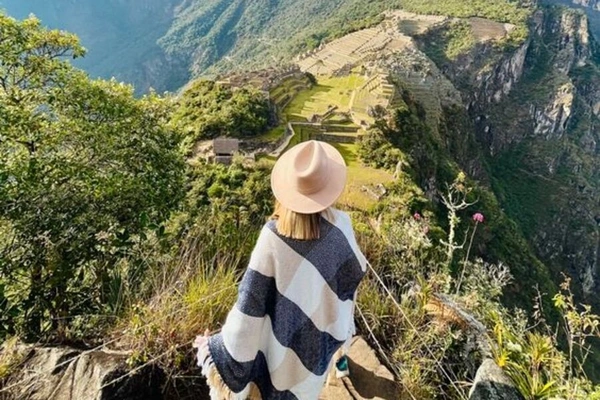
Machu Picchu in January
January is the rainiest month of the year (with an average of 150 mm of rainfall); you should always have good rain gear when visiting Machu Picchu. If you travel in this month, you should be prepared for possible itinerary changes, trail closures due to landslides, train delays and flight cancellations.
Temperatures in Machu Picchu will vary between highs of around 71°F (21°C) and lows of around 45°F (7°C). This month is suitable for those travelers who wish to visit Machu Picchu alone and get good deals on hotels, flights and tours.
Machu Picchu and Inca Trail tours are available daily; we recommend avoiding the Salkantay Trail and Choquequirao Trail. The Lares Trail is the best route for hiking Machu Picchu this month.
Machu Picchu in February
Although there are fewer rainy days than in January, February is expected to have heavy rains (with an average of 200 mm of precipitation). The number of visitors to Machu Picchu has reached its lowest point.
Temperatures in Machu Picchu will vary between highs of around 72°F (22°C) and lows of around 46°F (8°C). Travelers should be prepared for rain, changes in itinerary due to landslides or bad weather.
Machu Picchu in March
In March, the weather improves with more sunny days and fewer hours of rain per day, with an average of 170 mm of precipitation. The second half of the month is the preferred time for travelers.
Temperatures in Machu Picchu will vary between highs of around 71°F (21°C) and lows of around 42°F (6°C). Most trekking tours, including the Inca Trail Tours, will be open after February.
We recommend avoiding treks such as the Salkantay Trail, as they are in the Amazon area and rains are still abundant.
Machu Picchu in April
April starts with more travelers arriving to Machu Picchu. The shoulder season (transition month between the rainy and dry seasons) starts with great weather and some rainy days, and travelers will see the sunrise more frequently at Machu Picchu.
Temperatures in Machu Picchu will vary between highs of around 73°F (22°C) and lows of around 39°F (4°C).
This is the perfect time to take a trekking tour to Machu Picchu and travel by train. Tours will sell out quickly, and you need to book in advance.
Machu Picchu in May
The dry season begins. However, you should still be prepared for rainy days. May is usually busy on the Classic Inca Trail to Machu Picchu and other trekking tours. The weather in May makes it perfect for visitors, with clear skies and incredible views of the mountains.
Temperatures in Machu Picchu will vary between highs of around 86°F (30°C) and lows of around 42°F (6°C).
May is possibly one of the best months to visit Machu Picchu, hike the Inca Trail, the Salkantay Trail, the Lares Trail and other alternative treks.
Machu Picchu in June
June marks the beginning of the high tourism season in Peru; thousands of travelers will arrive in Peru, especially from the northern hemisphere, where they have summer vacations. During these months, little rain is expected.
Temperatures at Machu Picchu will vary between highs of around 83°F (28°C) and lows of around 44°F (7°C).
Like the Inca Trail, the Salkantay Trail and the Lares Trail, most tours will be crowded; you should book in advance.
Machu Picchu in July
July is the heart of Peru's dry and winter seasons. Due to Machu Picchu's location, the temperature will have little variation. However, the temperature on the mountain will drop below zero degrees Celsius, especially at night and early in the morning.
Temperatures in Machu Picchu will vary between highs of around 82°F (27°C) and lows of around 44°F (7°C).
There are long lines for buses and trains to Machu Picchu in this month. You should book hotels and tours well in advance.
Machu Picchu in August
Historically, August is when we receive the highest number of visitors. Be prepared to see many visitors everywhere and wait in line to board the buses and enter Machu Picchu.
Temperatures in Machu Picchu will vary from around 78°F (26°C) to around 42°F (6°C). All trails are available; we recommend alternative trails to Machu Picchu.
Machu Picchu in September
The rains return in September and the dry season will end; the cold of winter will also be replaced by cooler mountain weather.
Temperatures in Machu Picchu will vary between highs of around 73°F (22°C) and lows of around 44°F (7°C). All trails are available; we recommend alternative trails.
With the decrease in the number of visitors to Peru, the long lines at Machu Picchu have ended, making it perfect for hiking in the mountains.
Machu Picchu in October
October is one of the best months to visit Machu Picchu. Being the transition month between the dry and rainy seasons, little rain is expected and we are far from the cold of winter.
Temperatures in Machu Picchu will vary between highs of around 72°F (22°C) and lows of around 41°F (5°C).
October is the perfect month to travel to Machu Picchu, as there is a lot of availability and fewer visitors.
Machu Picchu in November
November officially marks the beginning of the rainy season. However, we will have weeks of sunshine and pleasant weather.
Temperatures in Machu Picchu will vary between highs of around 78°F (25°C) and lows of around 45°F (7°C).
Machu Picchu will decrease the number of visitors, and the trekking tours will have fewer visitors.
Machu Picchu in December
Rains will be more frequent. However, the number of travelers will increase in the last weeks due to the end of the year vacations.
Temperatures in Machu Picchu will vary between highs of around 71°F (21°C) and lows of around 44°F (6°C).
December is one of the last months with good weather before entering the heavy rainy season.
Places to visit in and around Machu Picchu
When visiting Machu Picchu, you can explore various sites, markets and waterfalls, as well as take additional hikes; below is the list of all the places you can visit in Machu Picchu and Aguas Calientes.
Mandor Botanical Gardens
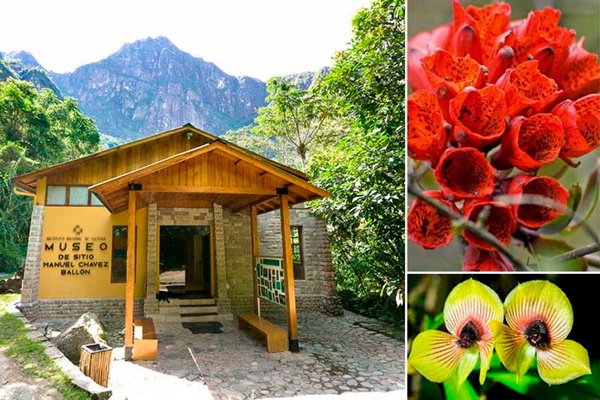
For a more relaxing and natural experience, you can visit the Mandor Botanical Gardens, which are approximately a 1.5 hour walk from Aguas Calientes. Here you will find a variety of flora and fauna, as well as a beautiful waterfall.
Aguas Calientes Handicrafts Market
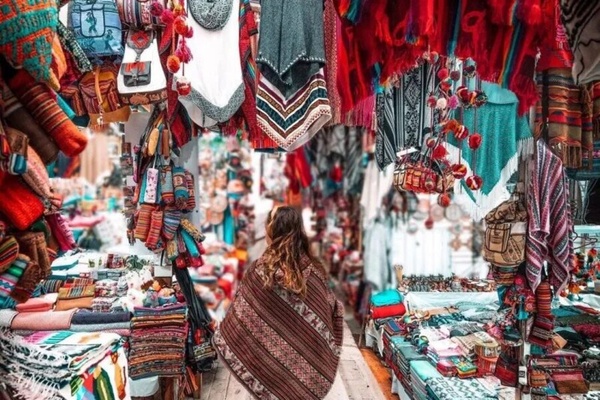
Aguas Calientes is the base town for visiting Machu Picchu, and here you will find a handicrafts market where you can buy souvenirs and gifts made by local artisans.
Mandor waterfall
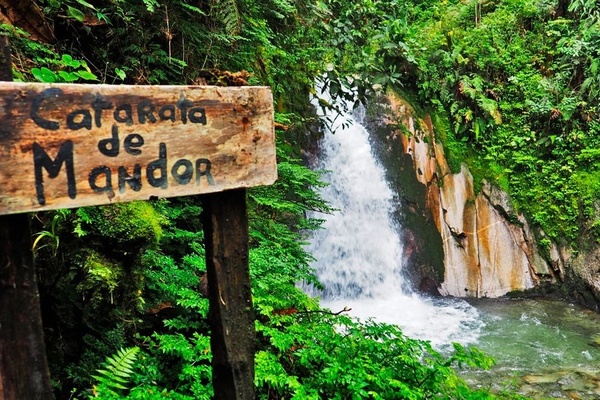
Another option is to visit the Mandor Waterfall, which is about 2.5 km from Aguas Calientes. The trail to the waterfall will take you through beautiful scenery and reward you with a breathtaking view of the waterfall.
Places to see within the archaeological site of Machu Picchu.
Machu Picchu Citadel
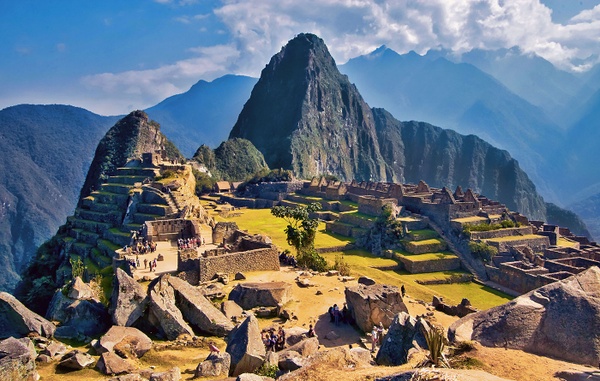
The Inca citadel of Machu Picchu refers to the main archaeological sites on the regular tour. The ticket will allow you to visit this place for approximately 2 hours.
Places to visit are the Guardian's House, the agricultural terraces, the sun temple, the water temple, the main temple, the sundial, the urban area, the industrial area, the condor temple and many other places that your tour guide will show you and explain their uses.
Time of the Sun or Intipunku
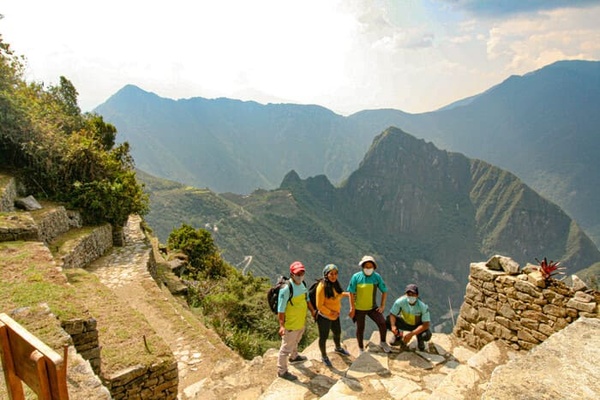
Located at a 2-hour walking distance from Machu Picchu, Intipunku, or the Sun Gate, is a place from where the Inca Trail intersects with the citadel.
The hike to Intipunku will give you a panoramic view of the citadel and the surrounding valley, and arriving just in time to see the sunrise over the mountains is an experience you won't want to miss.
Machu Picchu Mountain
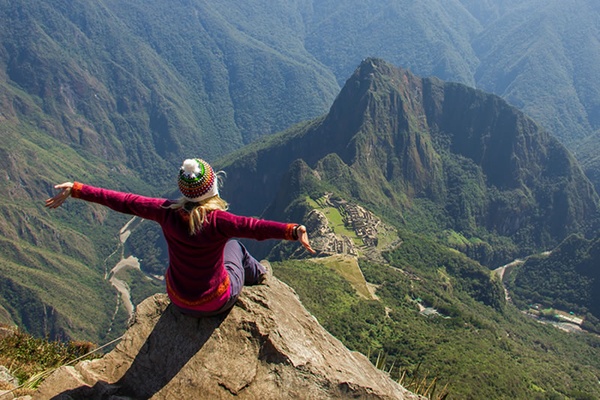
Machu Picchu Mountain, also known as "Machu Picchu Mountain", offers a breathtaking panoramic view of the entire citadel of Machu Picchu and its surroundings.
However, the hike can be strenuous, as it is a steep climb and takes about 2 to 3 hours to reach the top. An additional entrance ticket is required to access this mountain, and availability is limited.
Wayna Picchu
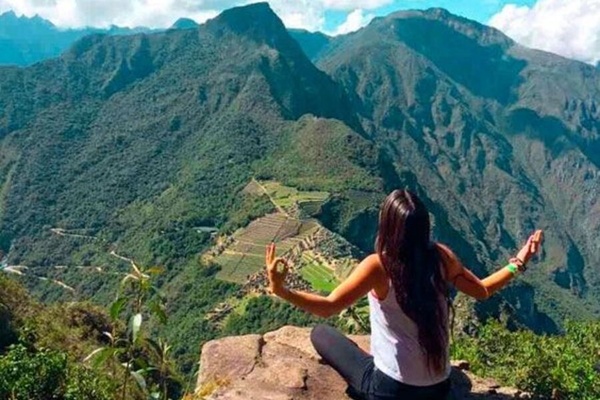
Wayna Picchu is the iconic mountain seen behind the citadel of Machu Picchu in many photos. The hike to the top is steep and challenging, but the panoramic views of Machu Picchu and the valley are incomparable.
As with Machu Picchu mountain, an additional entrance ticket is required and availability is limited.
Inca Bridge
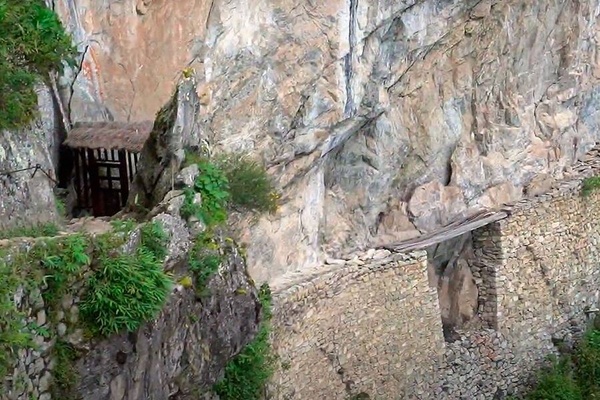
The Inca bridge is a stone structure that was built into the side of a mountain, with a deep cliff below. It was an important part of the Inca road network and had defensive purposes.
Today, visitors can walk along a path that leads to the bridge and get an impressive view of this ancient construction.
Temple of the Moon
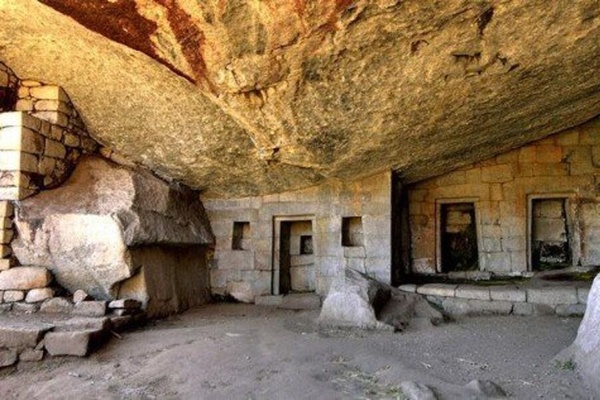
The Temple of the Moon is a hidden place near the main citadel of Machu Picchu. This place has impressive Inca constructions carved into the rock, including an altar and niches. The hike to get here is short but steep.
Summary
Choosing the right time to visit Machu Picchu depends on your personal preferences in terms of weather, crowds and availability. The dry season (May to September) offers more stable conditions and sunny days, but can also be more crowded.
The early rainy season (September to early December) provides lush green landscapes, but can also have frequent rain. The shoulder seasons (April-May and September-October) can provide a balance between pleasant weather and smaller crowds.
No matter when you choose to visit Machu Picchu, you will be surrounded by history, culture and breathtaking natural beauty. Enjoy your adventure in this wonder of the ancient world.
